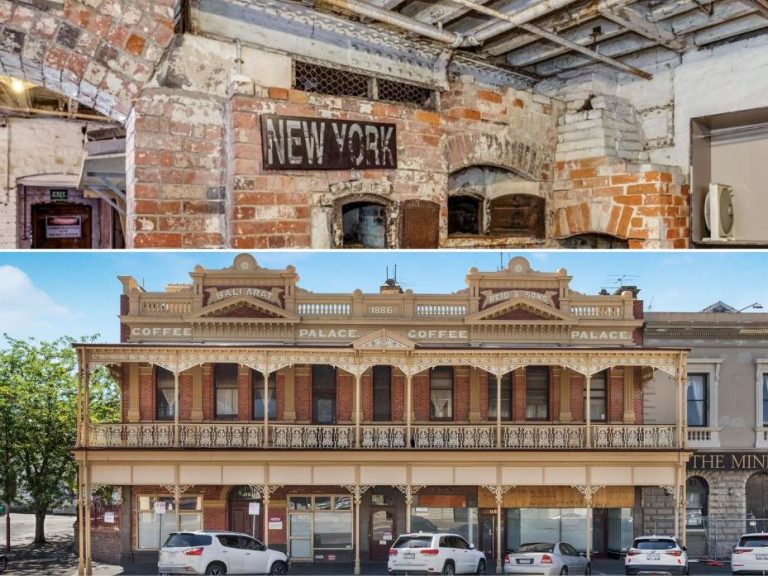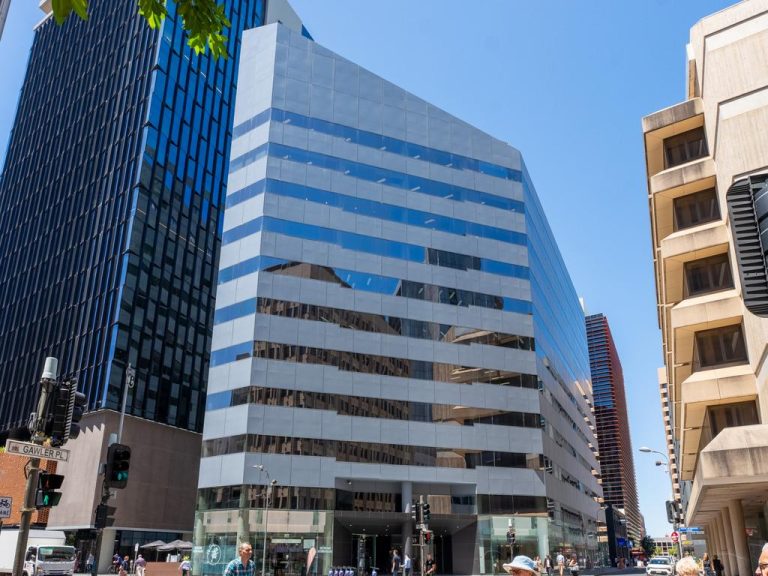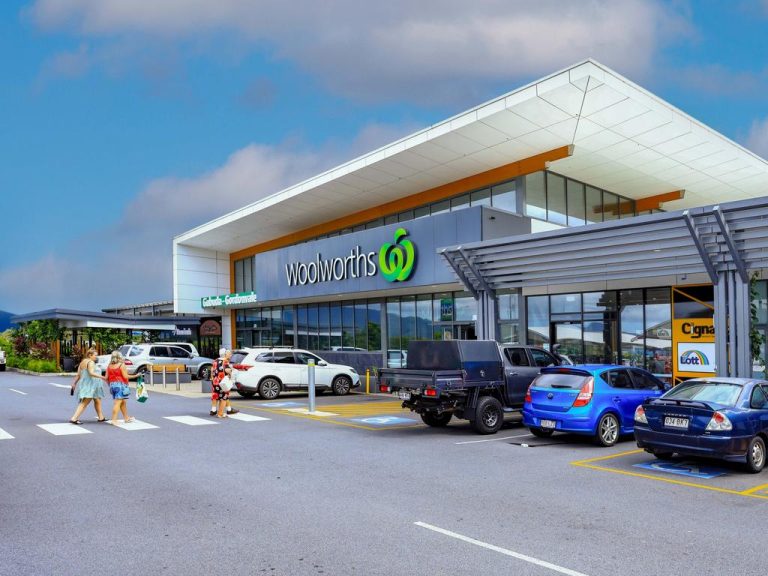Sickness stalls workforce’s return to the office

Little more than half of staff are back in the office in the nation’s two biggest cities. Picture: NCA NewsWire / David Crosling
The post-Covid return to the offices in CBDs has stalled in most parts of the country as Australia faces another virus wave on top of the yearly winter flu season.
White collar workers appear to be heading the warnings from health agencies to stay home if sick. New office occupancy data from the Property Council of Australia revealed barely three in five people heading into CBD workplace through June, showing little change from May.
The country’s two major business capitals are still recovering from extended lockdown periods.
Only 49 per cent of the workforce are back in offices in Melbourne and although it is just a one percentage point increase on May, last month’s result was the strongest occupancy reading since the pandemic set in. Sydney held steady month-on-month through June at 55 per cent, which also coincided with industrial action taken by teachers and train worker strikes.
Adelaide offices have the highest numbers of people back (steady at 71 per cent), while Brisbane continued to record an occupancy of 64 per cent. Perth’s rate continued to improve between May and June (63 to 65 per cent). The only city to record a decline was Canberra, down 7 percentage points last month to 53 per cent.

White collar workers appear to be heading the warnings from health agencies to stay home if sick. Picture: NCA NewsWire / David Crosling
Property Council chief executive Ken Morrison does not believe the rate of the return is an indication people are not interested in giving up working from home.
Rather, it is more likely linked to the spread of seasonal illnesses and wild weather in some parts of the country.
He said the results were “disappointing” but “not surprising” in light of recent improvements.
“Although office occupancy rates have steadily recovered since the beginning of the year, this month there was a clear pause in workers heading to the office,” Mr Morrison said.
“The continued spread of Covid-19 and other illnesses, extremely wet weather on the east coast, combined with industrial action in NSW, have all clearly hampered workers being able to get into their CBD workplaces,” he said.
“Before the Delta strain hit in the middle of last year we saw a real resurgence in the return to office and we would expect occupancy to lift again once the current unfavourable impacts subside.”
As the latest survey was in the market from June 23-30, the number of Covid cases nationally had started to pick-up from the previous peak of mid-April. Influenza also started to spread in May and June, with the Department of Health logging 187,431 cases in the year to July 6.
“Winter was always likely to be a difficult time for the pandemic, but we do expect to see office occupancy grow towards a higher ‘new normal’,” Mr Morrison said.
While the number of returning workers has generally trended higher in recent months towards pre-Covid levels, the preference for greater flexibility including working from home is still prominent. Four in five (79 per cent) of respondents believe it will take three months or more for occupancy levels to materially increase, up from 63 per cent in May.







